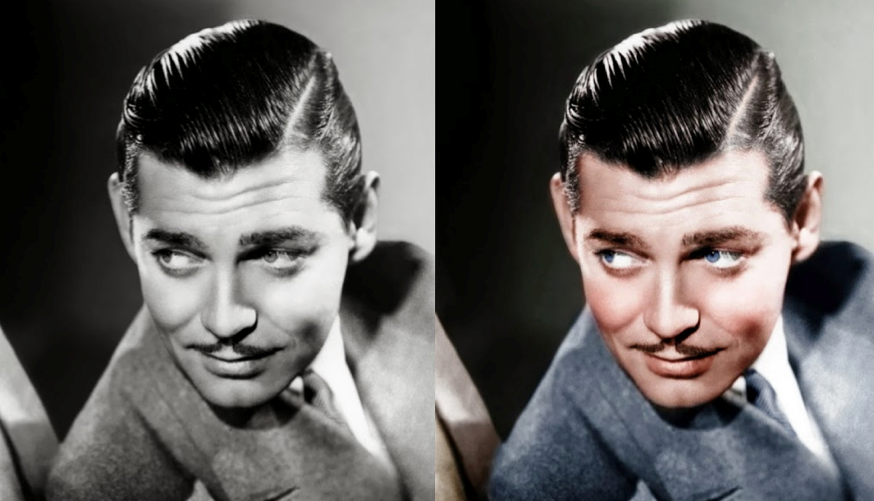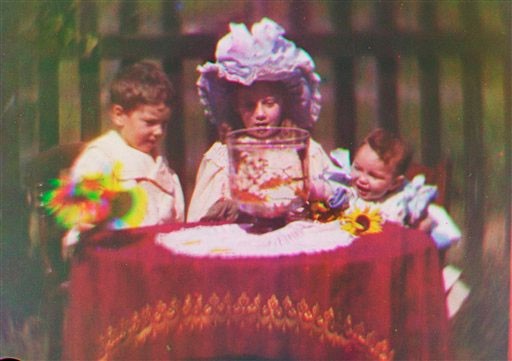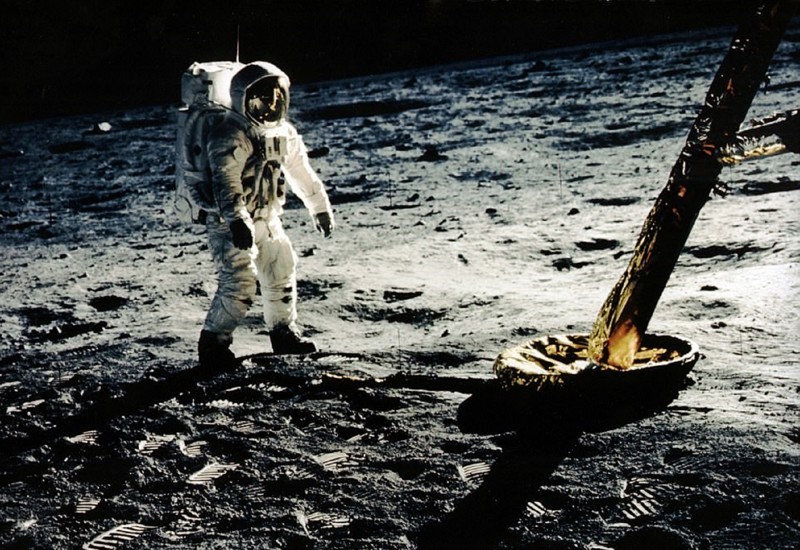Colorization

Colorization (coloring) is any translation process monochrome images( b\w, sepia) to color. This is quite a laborious process in our days is used for the restoration of old photos, films and even paintings.
How black and white becomes color? Color in image can be chosen manually or automatically with specialized software. The coloring process is extremely time-consuming. Recreating the colors of the old black-and-white film can take several years of hard work, as a lot of time is a study of the costumes, furnitures of the past. Color is restoring from archives, artists ' sketches, stories of eyewitness. The color of the face for coloring is the most complex. Human skin color takes different shades under different light sources, so it is not enough to choose the just right tone of beige. Do not think that it is possible to restore the truth natural color or shade of objects in the photo. It is also worth considering the fact that even modern technology can't «revive» old, heavily worn by time frames.
History. Despite the fact that the coloring seems to many peoples something new, this process invented simultaneously with the film, but the first attempt to make colored movies were taken at the dawn of the twentieth century. The first painted film is a picture of «Sketches from the life of England,» which was colored in 1902.

Shooting the moon in the Apollo program — is the most famous project in which coloring.
Why we need colorization? A human see the world in color. Black-and-white image contains less information which is transmitted to the brain and, consequently, causes lesser level of excitement and involvement in the story. The brain remains not fully loaded and therefore the audience's ability to perceive is not fully used. The rating of the painted films several times exceeds the rating of black and white pictures, because most modern viewers, unfortunately, do not appreciate black and white cinema.
